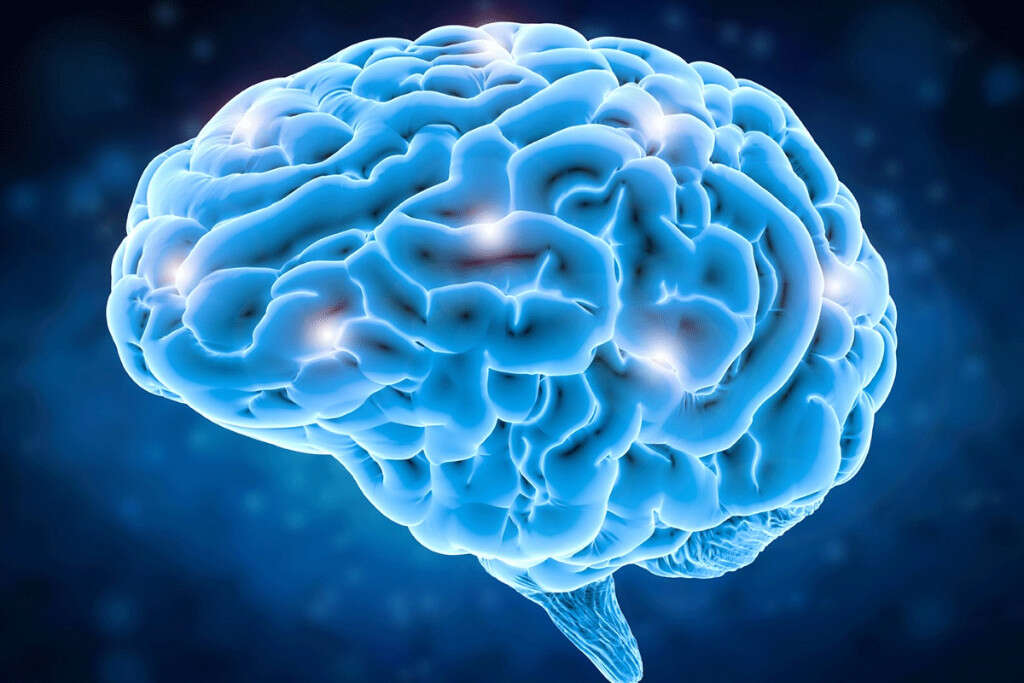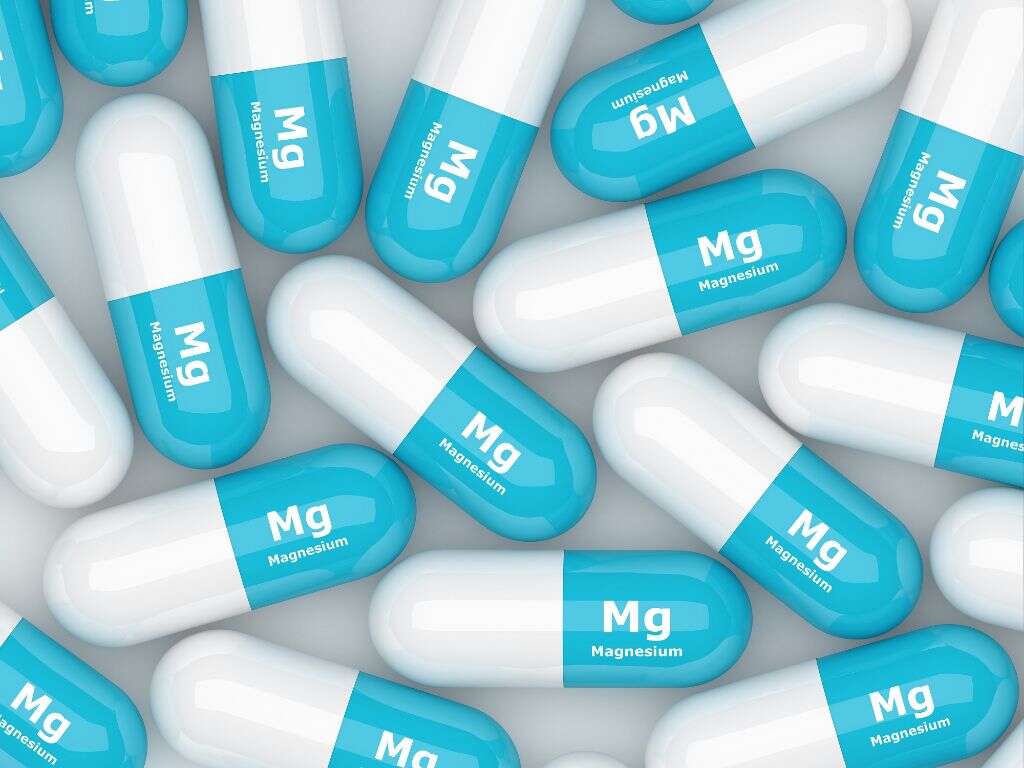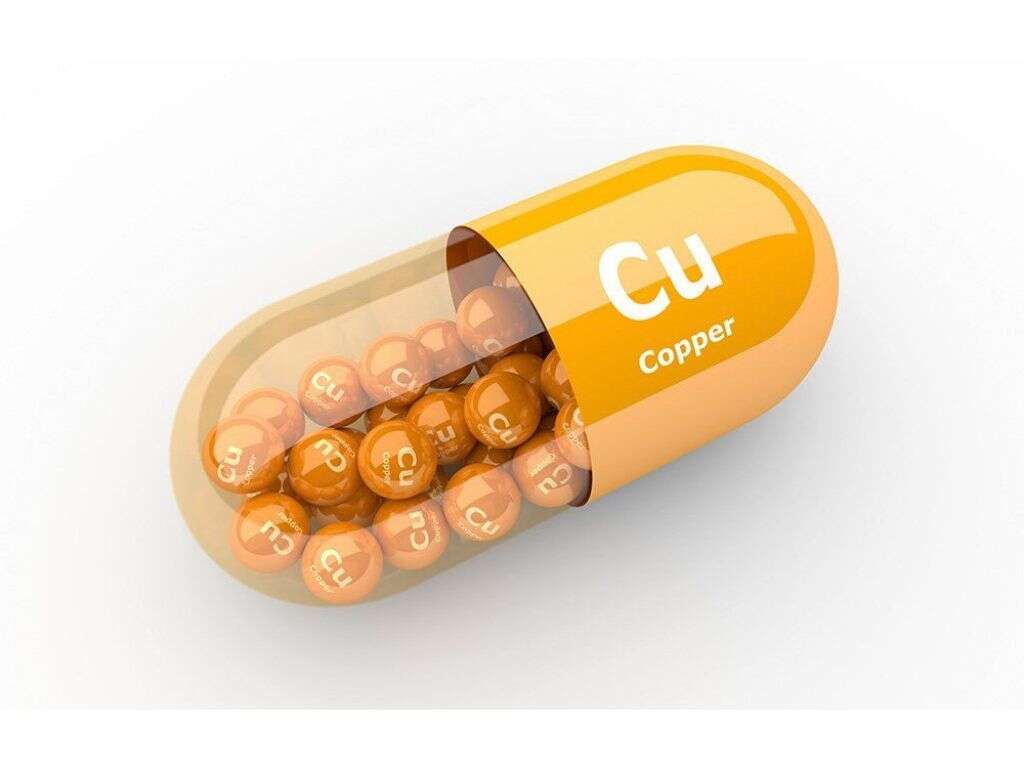10 Sodium Deficiency Symptoms
Sodium deficiency is also known as hyponatremia. It can be generally defined as a sodium concentration in the blood of less than 135 mmol/l, with levels below 120 mmol/l considered to be severe. Low sodium deficiency occurs in approximately 20% of patients who are admitted into the hospital and 10% of those in an endurance sporting event.
Hyponatremia is categorized according to the body’s fluid status – either low volume, normal volume, or high volume. Sodium deficiencies that occur in low body fluid volumes are usually due to diarrhea, diuretics, excessive sweating, or vomiting. Sodium deficiency in cases of normal fluid volume are most often caused by adrenal insufficiency, hypothyroidism, or drinking too much beer or water. Lastly, high fluid volume hyponatremia occurs when there is liver failure, heart failure, or kidney failure.
The treatment for hyponatremia depends on the underlying cause of the condition and severe sodium deficiencies are also associated with a higher risk of death. Symptoms for hyponatremia can range from mild to severe – let’s look at some of them.

Symptom #1: Nausea and Vomiting
Nausea is described as an unpleasant feeling of discomfort and unease with an urge to vomit. Although there is no pain, prolonged nausea can be debilitating as it can greatly affect a person’s quality of life. Vomiting - also known as puking, barfing, throwing up, or emesis - is defined as the involuntary forceful expulsion of stomach contents through the mouth and nose.
Both nausea and vomiting are non-specific symptoms that can be seen in many conditions other than hyponatremia, such as pregnancy, viral infections, bacterial infections, food poisoning, and more. They can generally be managed using antiemetics such as metoclopramide and ondansetron.

Symptom #2: Headache
A headache is defined as pain that occurs anywhere in the head or neck and can be the result of low sodium levels. There are many types of headaches such as tension, migraines, cluster, and more. Frequent headaches can affect employment and relationships and people with severe headaches have a higher risk of depression compared to others.
Headaches are a very common non-specific symptom that can be seen in various conditions such as viral infections, dehydration, hunger, bacterial infections, and more. Most headaches can be managed using painkillers such as paracetamol (Tylenol), acetaminophen, or non-steroidal anti-inflammatory drugs (NSAIDs) such as ibuprofen, naproxen sodium, and more.

Symptom #3: Short Term Memory Loss
Short term memory loss is known as amnesia. It is a deficit in one’s memory that occurs when there is brain damage, psychological trauma, or disease. Transient, or temporary, amnesia can be caused by sedatives and hypnotic drugs. Depending on the extent of damage, the memory loss can be whole or partial.
There are two main types of amnesia: anterograde amnesia, which is an inability to transfer new information from short to long term memory, and retrograde amnesia, which is an inability to retrieve previous information or older memories.

Symptom #4: Confusion
Mental confusion is a state where there is inability to recall personal identity, time, location, and loss of orientation. The person is often unclear and bewildered regarding their surroundings or current situation. It is sometimes accompanied by memory loss.
Confusion is a non-specific symptom that can be observed in many conditions other than hyponatremia, such as hypoglycemia, anemia, kidney failure, anxiety, alcoholism, encephalopathy, brain tumor, traumatic brain injury, concussion, dehydration, and more. The treatment and management for confusion depends on the underlying cause of confusion.

Symptom #5: Lethargy and Fatigue
Lethargy is defined as a state of weariness or tiredness. A lethargic person often has lack of energy accompanied by decreased motivation, depression, and apathy. It can occur due to inadequate sleep, overworking, stress, overexertion, inadequate exercise, nutritional deficiency, boredom, or disease. It can also be a side effect of medication.
Fatigue refers to the gradual onset of tiredness which can be alleviated by rest. Fatigue occurs when there is an inability to maintain peak performance of the muscles (physical fatigue) or cognitive function (mental fatigue). Low sodium levels can be a contributing factor to fatigue.

Symptom #6: Loss of Appetite
The loss of appetite that occurs in an infection is part of the body’s acute response triggered by the components of bacteria. This leads to the production of proinflammatory cytokines (immune system substances) that affect appetite.
Appetite loss is a very common symptom that can be observed in various conditions other than hyponatremia, such as acute radiation syndrome, atypical pneumonia, anorexia nervosa, anxiety disorder, cancer, celiac disease, congestive heart failure, dehydration, dementia, and more.

Symptom #7: Irritability
Irritability is a physiological reaction to stimuli. If pathological, it is an excessive physical sensitivity to stimuli, such as low blood sodium levels. It can also be the result of emotional, situational, environmental, or sociological stimuli. The affected person usually feels frustrated, prone to anger, and aggravated.
Irritability can be seen in stressful situations where the patient has a short temper and becomes frustrated easily. Other associated symptoms include tachycardia, headaches, sweating, anger, hot flashes, excessive guilt, suicidal thoughts, and more.

Symptom #8: Muscle Weakness
Muscle weakness is also known as myasthenia. The word myasthenia is of Greek origin that translates to lack of muscle strength. Muscle weakness can be categorized into true or perceived muscle weakness. True weakness occurs in skeletal muscle diseases such as inflammatory myopathy and muscular dystrophy. It can also be due to low levels of sodium, potassium, or electrolytes and is either temporary or long term.
Muscle weakness is either central muscular fatigue, where there is an overall deprivation of energy throughout all muscles, or peripheral muscle fatigue, which is the inability of a specific muscle or group of muscles to function.

Symptom #9: Seizures
Seizures can occur as a manifestation of abnormal electrical activity in the brain. During a seizure, neurons in the brain that communicate with each other through electrical signals can misfire, resulting in abnormal movements, behavior changes, abnormal sensations, changes in mental status, confusion, and loss of consciousness.
Seizures can be a symptom of severe hyponatremia.

Symptom #10: Coma
A coma refers to the state of unconsciousness where an individual cannot be awakened and is unable to respond to light, sound, pain, or initiate voluntary actions. There is absence of wakefulness and the affected individual is unable to hear, move, feel, or speak. Patients in this state generally score between 3 to 8 on the Glasgow Coma Scale.
Some experts believe that a coma is one of the body’s natural ways to temporarily pause bodily actions to promote the healing process. A coma can occur as a result of various conditions such as intoxication, stroke, hypoglycemia, hypoxia, hypothermia, traumatic head injuries, and more.












